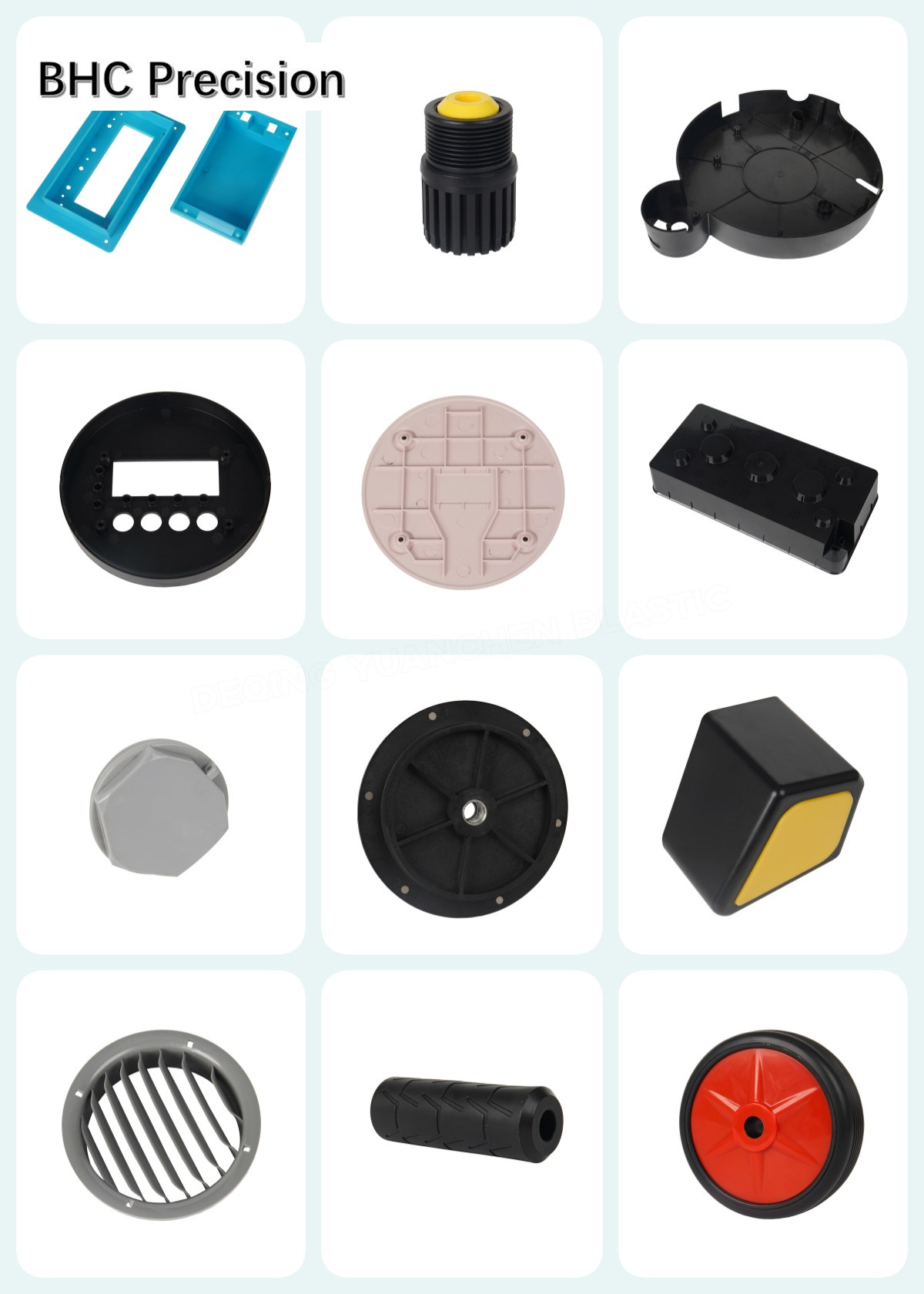Plastic injection parts are components that are manufactured using the plastic injection molding process. This process involves injecting molten plastic material into a mold cavity, allowing it to cool and solidify, and then removing the finished part from the mold.
Plastic injection parts can be found in a wide range of industries and applications, including automotive, electronics, medical devices, consumer goods, and more. They are often used for their versatility, durability, and cost-effectiveness.
Some common examples of plastic injection parts include:
1. Automotive components: Such as bumpers, dashboards, interior trim, and engine parts.
2. Electronic enclosures: Used to protect and house electronic devices, such as computer components, routers, and telecommunication equipment.
3. Medical device components: Including syringe barrels, inhalers, and surgical instruments.
4. Consumer goods: Such as packaging containers, toys, and household appliances.
5. Industrial plastic components: Such as plastic gears, plastic valves and plastic connectors.Plastic injection parts can be made from a variety of plastic materials, including thermoplastics like ABS, polypropylene, polycarbonate, and nylon. The choice of material according to the specific requirements of the plastic part, such as strength, flexibility, heat resistance, and chemical resistance.
Overall, plastic injection parts offer numerous advantages, including high production efficiency, consistent quality, complex geometries, and the ability to mass-produce parts at a relatively low cost.



